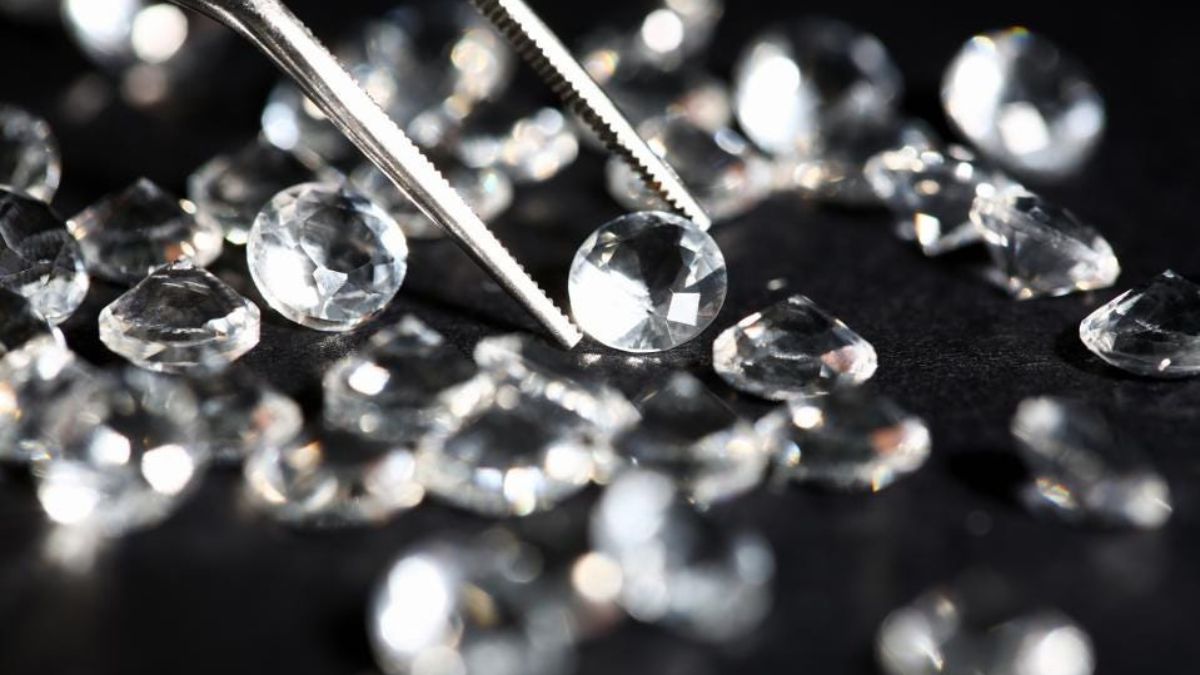Surat diamond industry shed its image from ‘Natural’ to ‘Mixed’
Ninety-nine out of the top one hundred diamond producers in Surat, India have branched out into the cutting and polishing of lab-grown diamonds,

Advertisement
Surat : Surat, India is home to the largest diamond cutting and polishing centre, however it is far from a ‘Natural’ environment. It has shed its old reputation in the world in favour of becoming a “Mixed” hub for both mined natural diamonds and lab-grown diamonds.
Ninety-nine out of the top one hundred diamond producers in Surat, India have branched out into the cutting and polishing of lab-grown diamonds, also known as synthetic or man-made diamonds. As a result of rising raw material prices on global markets and diminishing supplies in underground mines, a galaxy of diamantaires have turned their attention to the cheap and readily available alternative: lab-grown diamonds.
In its Union Budget 2023, the Indian government provided a further boost to the lab-grown diamond business by eliminating the 5% customs charge formerly levied on the seeds used to produce rough Lab-grown Diamond (LGD). In Gujarat, where Surat, Amreli, and Bhavnagar in the Saurashtra area account for the vast majority of the country’s diamond production, the state government has announced a 15 percent reduction in the electricity cost for laboratories producing synthetic diamonds.
For the period of April 2022–January 2023, the total gross export of cut and polished diamonds declined 10% to $18 billion, while the total gross export of polished Lab Grown Diamonds climbed 37% to $1.43 billion, as reported by the Gems and Jewellery Export Promotion Council (GJEPC).
Companies that are major De Beers sightholders in Surat and Mumbai have branched out into the lab-grown diamond industry by forming corporations in the names of relatives in Surat. In order to preserve the trust of consumers worldwide who prefer real diamonds, sightholder firms are prohibited from entering the synthetic diamond industry directly.
Indirectly, “most of the De Beers sightholder companies have gotten into the lab-grown diamond market.” An industry insider has speculated that sightholders set up companies to produce lab-grown diamonds under the names of their family and fund the venture themselves. Companies in the diamond industry are understandably concerned about their image abroad and the confidence of those who purchase natural diamonds around the globe. Do you think it’s ethical for a corporation to produce both natural and lab-grown diamonds in the same building?
The practise of mixing natural and laboratory-grown diamonds, known as “Mixing,” became common in the Mumbai and Surat markets a few years ago. The Natural Diamond Monitoring Committee was established by the leading gem and jewellery trade group, GJEPC, to keep an eye on the unlawful mixing of diamonds. But that era is over now because diamond firms big and small are polishing lab-grown diamonds.
Some enterprises that used to specialise in natural diamonds have shut down and instead begun producing lab-grown diamonds in massive Surat-based facilities. The production of lab-grown diamonds in India is expected to surpass that of China within the next few of years.
However, seasoned professionals in the field, such as Martin Rapaport, head of the Rapaport Group, are very sceptical of diamond makers’ plans to switch to using only lab-grown diamonds. “Greed is the greatest difficulty facing the diamond trade,” Rapaport wrote in his Note. Through the aggressive promotion and marketing of synthetic diamonds as a replacement for real diamonds, our industry is eroding the underlying value of diamonds as a store of value.
In addition, he said, “Essentially, the diamond business is exchanging short-term, unsustainable profits for the reputation of diamonds as a store of value.”
He continued, “Many, if not most, in our trade are operating dishonestly and unethically by neglecting to offer complete disclosure about the value retention of synthetic diamonds.”
He then wrote, “The Rapaport Group does not facilitate the selling of synthetic diamonds in any way,” which was the final line of his memo. As they are being offered in such a suspicious manner, we consider them to be a fake. They also pose a danger to the core meaning of diamonds.
Advertisement

